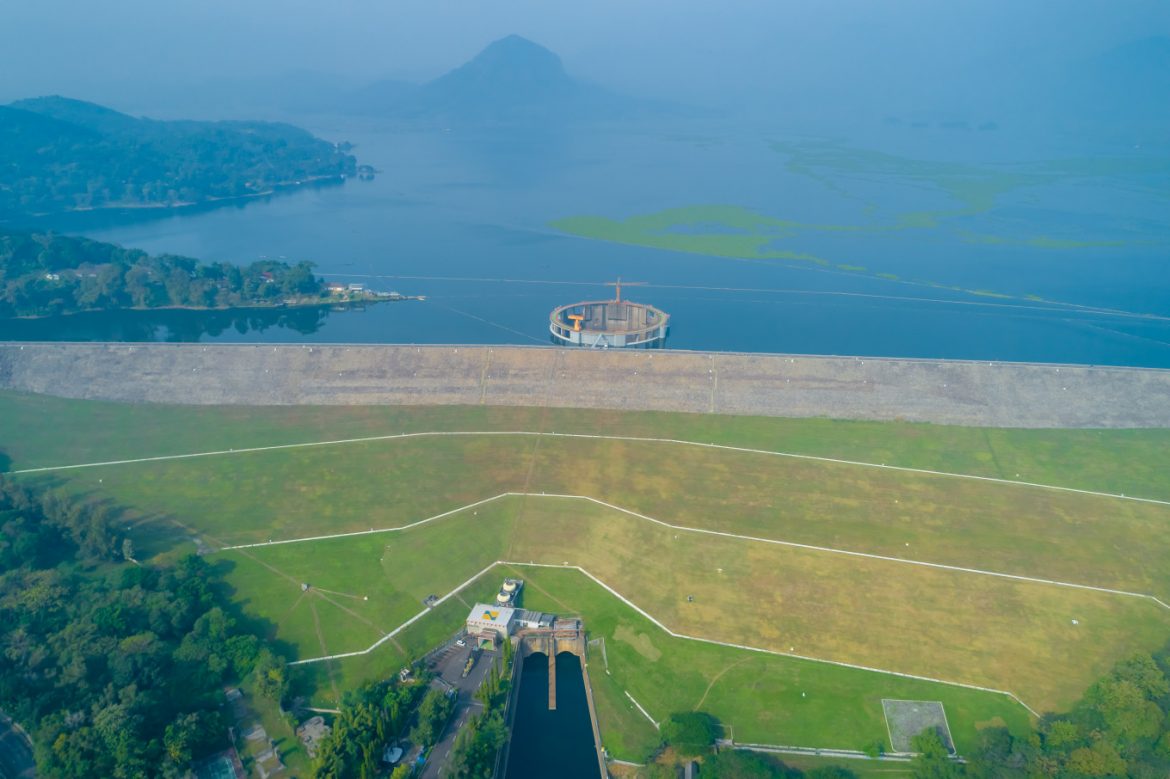Experts have warned that as climate change introduces unpredictable and high-precipitation weather patterns, dams in Indonesia and the Philippines, which are essential for agriculture, drinking water, and electricity generation, may experience increased strain.
Expert in hydraulic engineering, Budi Santoso Wignyosukarto of Yogyakarta’s Gadjah Mada University said that while Indonesia had become accustomed to heavy rain, climate change would make the weather less predictable, which would have an impact on dams.
Budi stressed how important it is for Indonesia to be ready for these unforeseen circumstances, given that the nation is already dealing with issues like rapid population growth, which has an impact on how land is used because more people require more food, shelter, and industry, all of which have an impact on the climate.
He noted that Indonesia needed to increase its resilience to be more flexible and adaptable to climate change.
Read also: Turkey’s TV documentary to draw attention to climate change
In his words, “Building this resilience can be done through building infrastructure that can absorb [extreme] rainfall well, such as reservoirs coupled with dams whose capacities have been optimized.”
Evi Anggraheni, a lecturer in water resource management at the Department of Civil Engineering at the University of Indonesia, concurred that climate change would result in unpredictable weather that would have an impact on dams, particularly through erosion in upstream areas brought on by extreme rainfall.
“Conservation [of the environment] at the upstream of dams is needed to improve their performance,” Evi said.
The director of dams and lakes at the Public Works and Housing Ministry, Airlangga Mardjono, said that all dams in Indonesia would be able to withstand the effects of climate change because they were built with their probable maximum flood (PMF) capacity in mind to ensure they can hold large amounts of water.
Mardjono added that the ministry had adjusted the operation patterns of dams to withstand high rainfall by making sure to release excess water from dams’ reservoirs ahead of the rainy season, as well as installing early release floodgates and automating weather monitoring at dams.
Story was adapted from The Jakarta Post.
